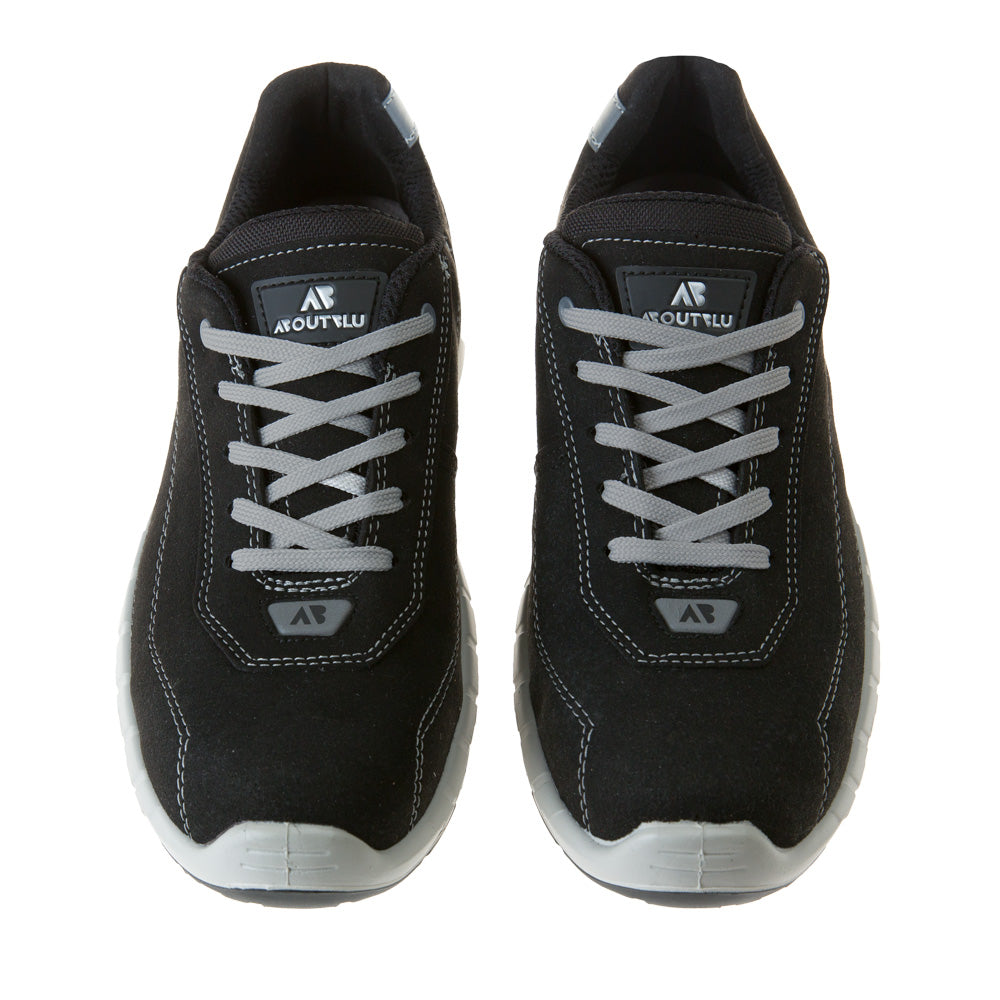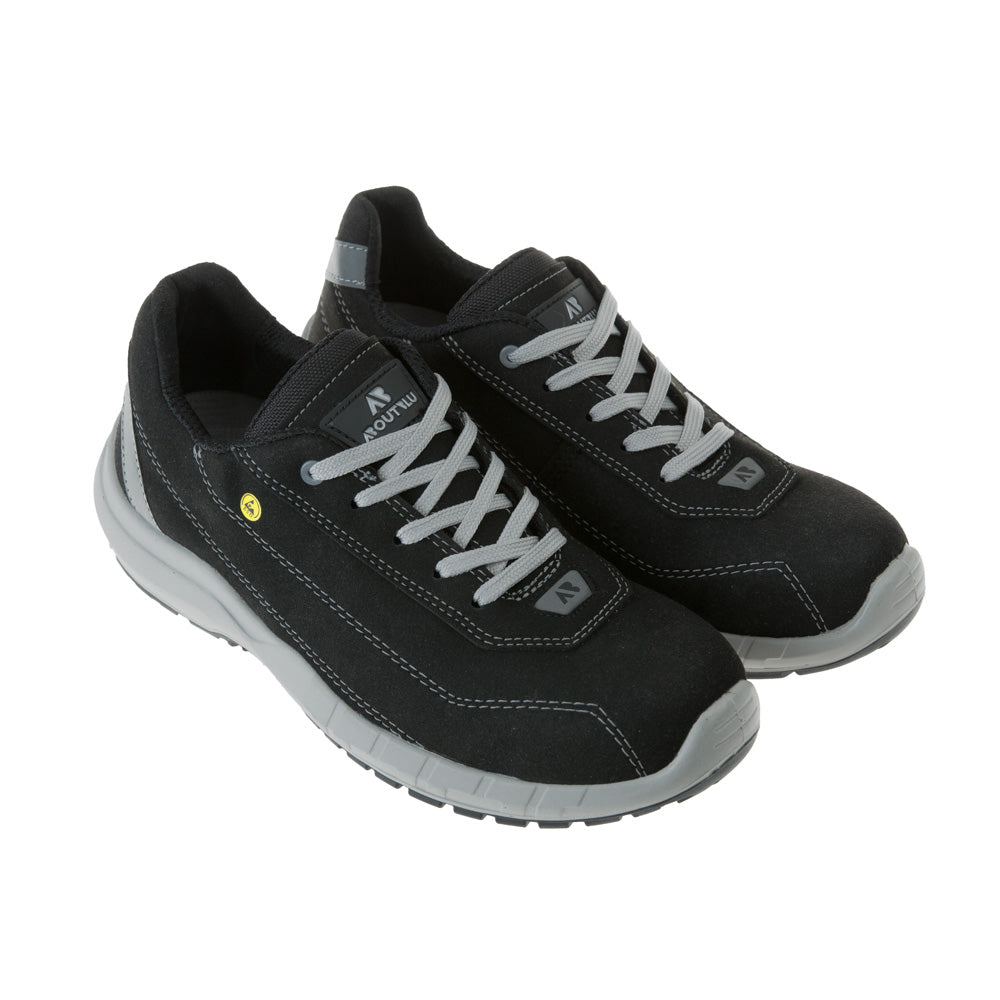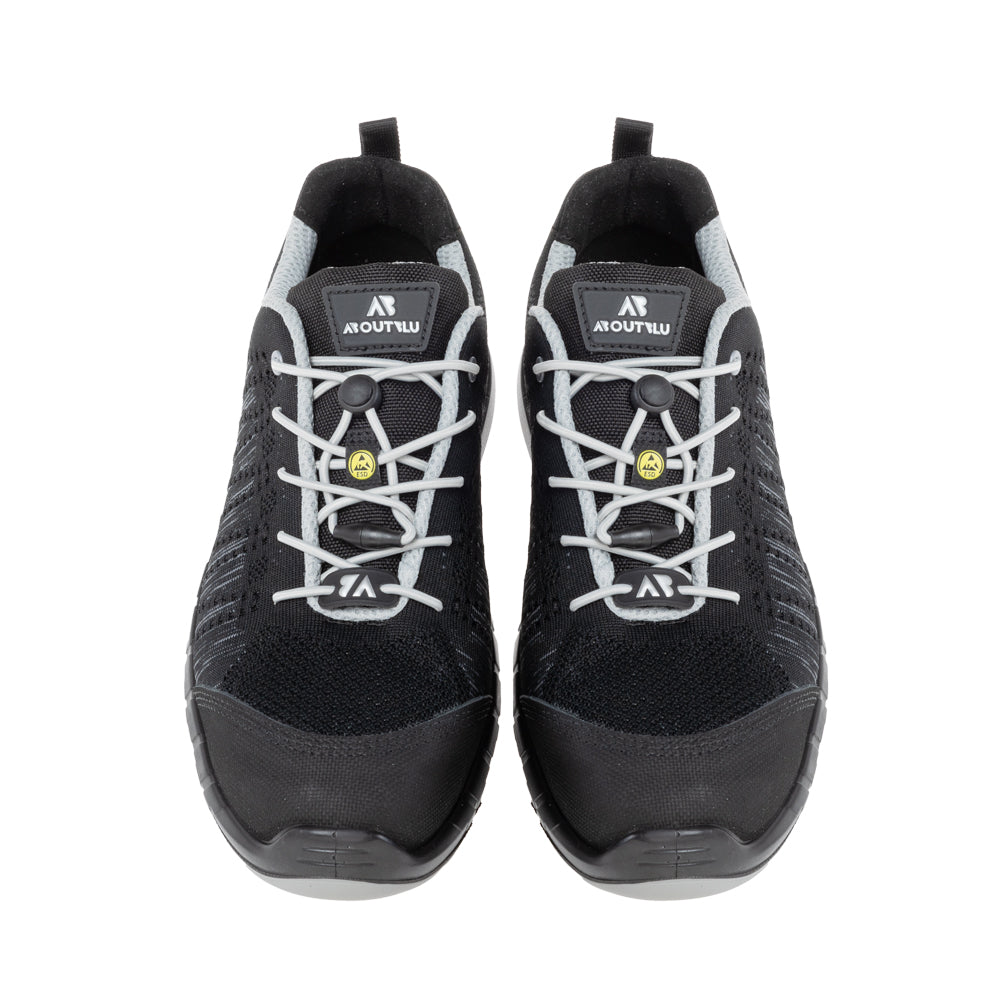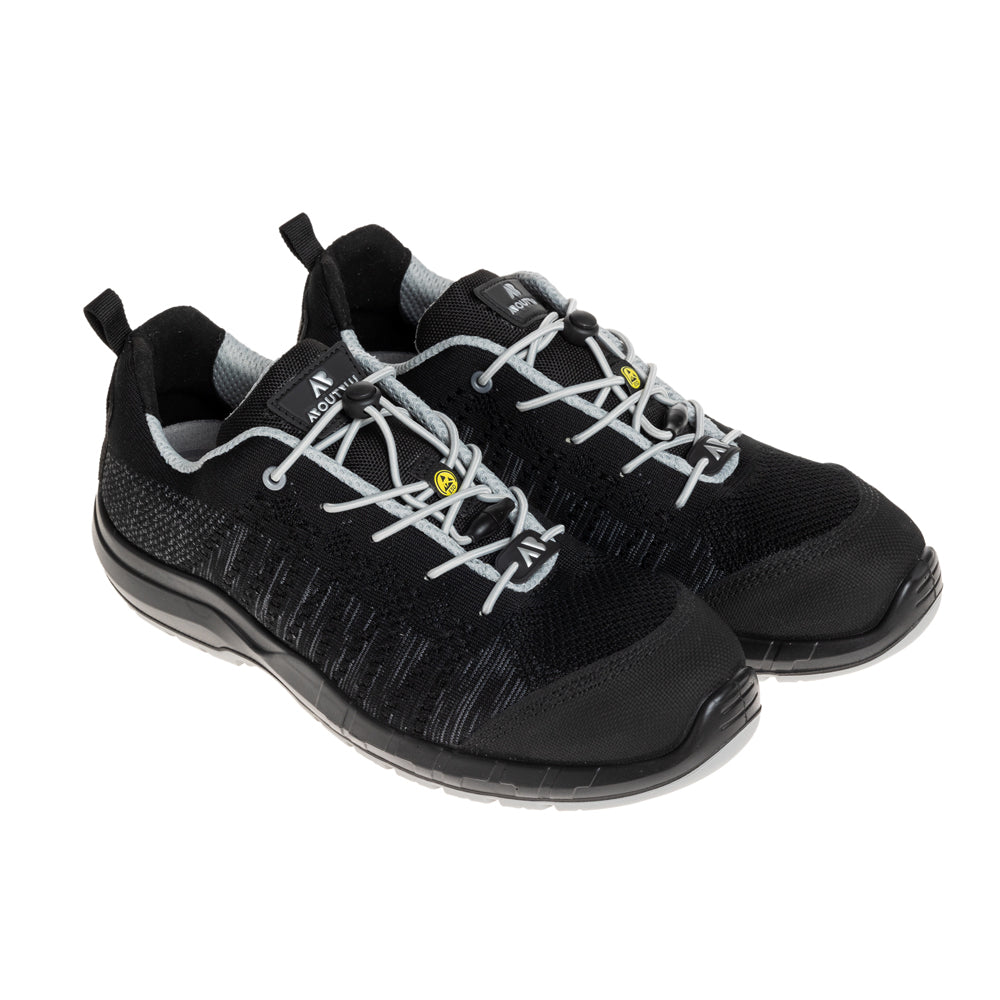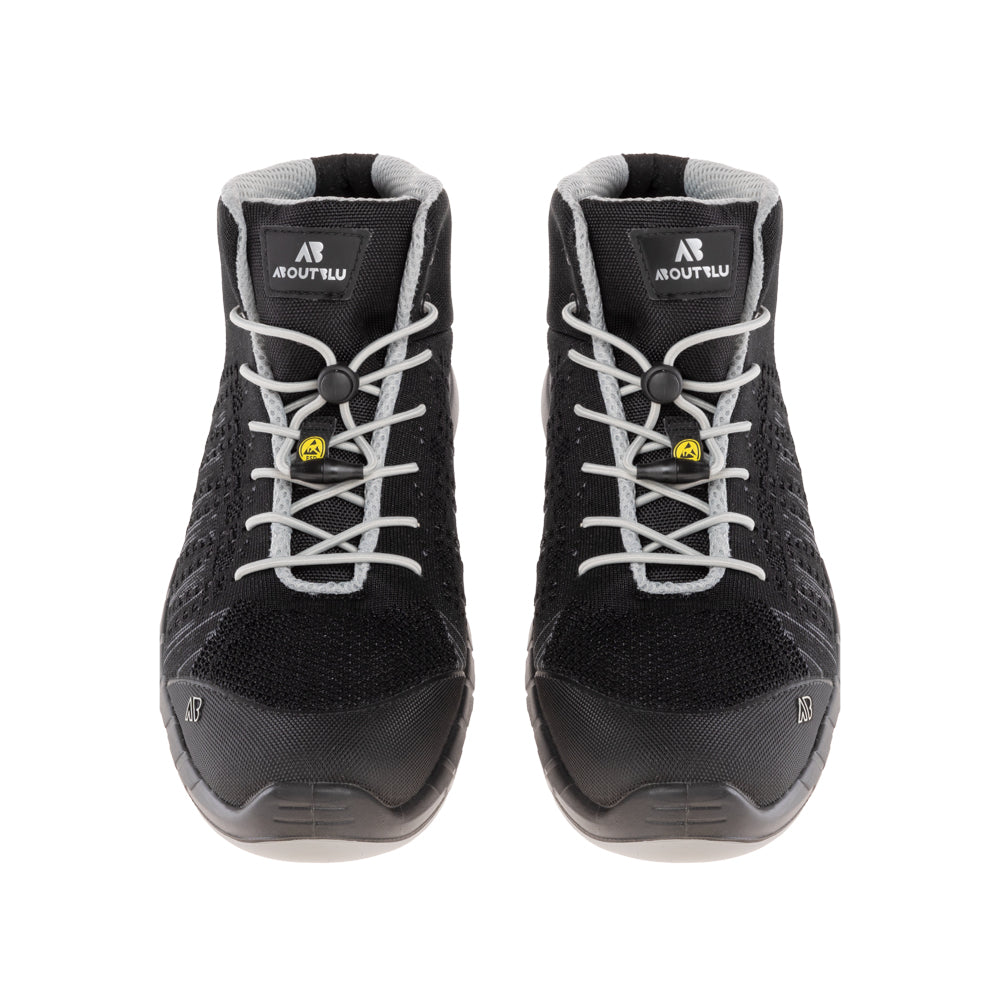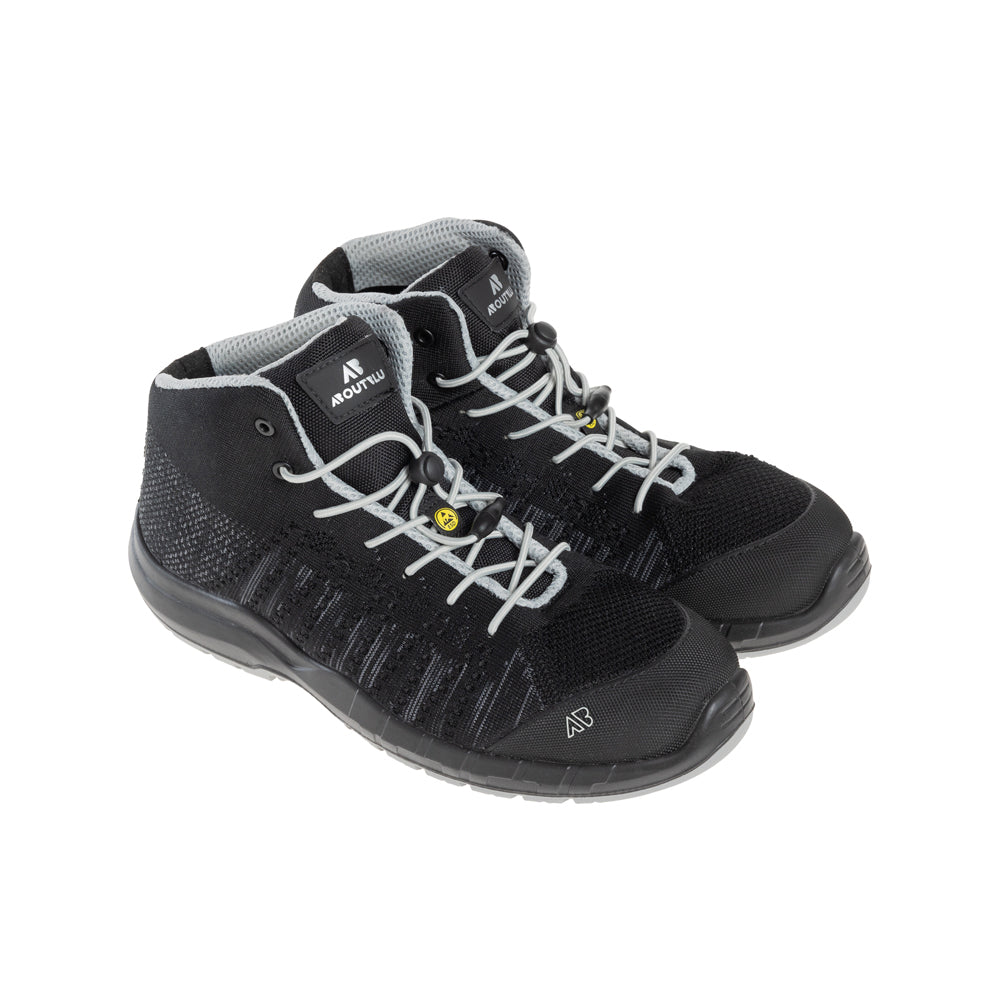There is a simple truth about workwear. If the wash is wrong, everything after becomes a fight. Creases refuse to sit. Stains settle and refuse to budge. Safety features dull just when you want them bright. The good news is you can run a process that keeps uniforms clean, compliant and long lasting without torching your energy budget or your patience.
Think of this as a practical pit stop. Real steps. A few details that prevent big problems. And two product links that match what you launder every week.
The quick version most people need
Run hot enough to disinfect when policy says so, but not so hot you cook the fibre. Match detergent and dose to soil and water hardness. Sort by fabric and soil. Keep a one way path from soiled in to clean out so nothing is re contaminated. Inspect high visibility strips and labels. Record the parameters that matter so you can prove what you do and repeat the good cycles.
If you process for sectors with bio risk, adopt a documented risk and biocontamination control method from receipt to dispatch. Build the system once. Follow it daily. It keeps the clean side clean even on a frantic morning.
Map the room before you touch a dial
Picture the floor. One clear path. Soiled in. Clean out. No crossing of streams. Bins and cages are colour coded. The route map sits on the wall in plain English. Soiled side personal protective equipment is by the door, not hiding in a drawer. Clean side gloves stay on the clean side. It sounds obvious. When a delivery lands early and the phone will not stop, obvious rules save you.
Small additions help. Rubber mats near sort tables so items do not slip. A hook board for zipped coveralls so they do not gouge other garments. A clock everyone can see so cycle timing is visible, not guessed. A marker that stays on after a hot bath. Little things. Big effect.
Sorting that saves time later
Group first by fabric, then by soil. Food whites, heavy engineering cottons, mixed polycottons, synthetics and stretchy blends. Bag garments with zips and strong hook and loop so they do not shred anything delicate. Isolate items that look chemically contaminated for specialist handling. It is faster to sort properly now than to rewash a mixed load that turned grey and fuzzy.
Pretreat before the main event
Dried protein stains laugh at a hot main wash. Give them a quick cold flush or a dab with an enzymatic prewash before they ever see heat. Oil on polycotton likes a longer main wash with a quality emulsifier. Ink is its own drama. Spot treat and set expectations. You will save more garments with ten minutes of quiet pretreat than with an hour chasing a failed wash.
Temperatures and disinfection without drama
If your risk assessment says you need a disinfection step, write it into policy and follow it. For many uniforms a cycle that reaches sixty degrees Celsius with the right chemistry for a defined hold time brings common organisms to a safe level. For technical fabrics and stretch blends the gentler path is longer time with smarter chemistry rather than brute heat, but only if policy permits it. The rule is simple. Decide the aim. Match the cycle to the aim. Log what happened and keep the log where someone can actually find it when a customer asks.
Engineering and automotive workwear often carries oil, carbon and metal fines. A hotter bath helps the chemistry break soils, but watch shrinkage on heavy cottons. For mixed synthetics keep heat modest and extend action. The care label is not a suggestion. It is the line you should not cross without a very good reason.
Detergents and dosing that do not waste money
Under dose and soil redeposits. Overdose and fabric dulls, skin itches, and your monthly invoice pings upward. Calibrate dose by water hardness and soil level. Enzymes help with food and body soils. Oxygen boosters keep whites bright without punishing the fibres. Chlorine is a last resort and only with tight control of pH and neutralising. If you cannot explain why a chlorine drum is open, close it.
Metering pumps drift with time. Check actual draw against setpoint every month. Keep a record. And please, label the lines to the right drums. Everyone nods at this. Then someone tops a surfactant with a builder and loads go flat for an afternoon.
Rinse, extract, finish
Rinse to pH on target and to clear return water. Extract enough to save energy in drying but do not twist garments out of shape or crush reflective tape to a shiny smear. Dry to the right residual moisture so pressing or tunnel finishing gives crisp results without scorch or shine. Moisture targets pay for themselves in avoided rework. Guessing is expensive.
Finishing is where you win hearts. Clean is essential. Smart is remembered. If you feed a tunnel finisher, keep feeds even and watch for snag points. If you press by hand, protect logos and tape with covers so you do not glaze them. Steam can rescue more creases than heat alone with fewer risks.
Care for high visibility and safety gear
High visibility garments are not just another polo in a bright colour. Their safety performance lives in the base fabric and in the retroreflective tape. Dirt dulls both. Clean them regularly, check for damage and follow the care label without taking creative liberties. If your crews use a classic waistcoat like the Pro RTX Hi Vis Waistcoat, keep closures fastened in the wash and bag them in sorting so the hook and loop does not act like a cheese grater on knitwear. Replace any waistcoat with cracked tape or stained panels that will not come clean. You do not save money by keeping unsafe kit in circulation.
Boots do not go in the washer, obviously, but they share the same safety logic. Clean them down, dry them properly and replace them when the protective features are tired. If your teams wear a sturdy style such as the CAT Powerplant SB Safety Boot, keep dirt out of the tread and check the toe protection and midsole on a schedule. A clean boot is easier to inspect, which means faults are spotted sooner.
For the duty to maintain personal protective equipment in an efficient state, the Health and Safety Executive sets out clear guidance. Make this page a team favourite for quick reference: HSE PPE at work.
Keep the bioburden low between stages
What happens on the floor between the washer and the van matters as much as what happens in the bath. Use covered clean cages for finished items. Keep soiled and clean routes separate. Store clean textiles off the floor and away from the soiled area. If you process for healthcare or other bio sensitive sectors, formalise this with a documented risk and biocontamination control system. It is less about a file of forms and more about keeping the clean side clean, even during the busy hour when everyone is trying to be helpful.
Checks that stop failures at the door
You do not need ten clipboards and a marching band. You need consistent eyes on the right details. Work through this in a calm minute before dispatch.
Garment integrity first. Seams, fasteners, hems. Pull anything that snags a finger. Safety features second. Retroreflective tape bright and uncracked, logos intact, labels legible. Cleanliness that passes the look and the sniff test. Labelling and route codes right for wearer and location. If you track wash counts on high visibility items, update the count and retire a garment early if performance drops, even if you are below the number on the label.
A one page SOP you can adapt today
Purpose
Provide a consistent process for washing company uniforms that meets cleanliness, safety and policy requirements.
Scope
All uniforms and workwear handled by the laundry team, including healthcare, food production, engineering and high visibility garments.
Process
- Receive soiled items in colour coded cages. Staff wear the right personal protective equipment on the soiled side.
- Sort by fabric and soil level. Isolate damaged items and anything chemically contaminated.
- Pretreat stains where needed.
- Select the program by garment group. For groups that require disinfection use the approved cycle that reaches the stated temperature and hold time with detergent.
- Dose detergents according to water hardness and soil level.
- Rinse to target pH and clarity. Extract to the specified g force for the fabric.
- Dry to the defined residual moisture.
- Finish and press with protection on logos and tape.
- Inspect against the checks above.
- Pack clean items in covered cages and send them along the clean route only.
- Record batch, cycle, temperature logs and any deviations. Keep the records where someone can find them.
Responsibilities
Supervisors maintain training and logs. Operators follow the SOP and report issues early. Engineering keeps guards, sensors and chemical pumps working. Quality signs off audits and corrective actions.
Cost control without cutting corners
Chemistry gets expensive when used blindly. Ask your supplier to validate dose by soil and hardness on your water, not a generic chart. Measure rewash weekly. If it sits above a sensible threshold, take a sample of the rejects, find the root cause and fix that rather than cranking up detergent. Often the fix is dull but strong. Better sorting. A longer bath for oily loads. New covers for the press so you do not glaze reflective tape.
Energy is your second lever. Accurate loading, steady inlet temperatures and correct extraction speeds mean shorter dryer runs. Moisture targets for finishing cut rework. None of this needs a new plant. It needs attention. For a quick win, check average load size. Very small loads can increase fibre release and still sling energy down the drain. Aim for full but not stuffed. Your figures will start to look kinder.
Microfibres and the greener clean
Synthetic textiles shed tiny fibres in the wash. You can reduce the impact without wrecking your process. Run full but not overstuffed loads. Keep bath chemistry on point so soil leaves once and does not redeposit. Consider capture solutions or a machine filter upgrade if your site and sector justify them. Drying is another pinch point. Overdry and you waste energy. Underdry and you store moisture and invite odour. The simple answer is a target moisture figure and the discipline to stop when you hit it.
Common mistakes that keep coming back
One, leaving zips and hook and loop open so they scour other garments. Bag them or close them.
Two, using fragrance boosters to mask poor rinsing. Smells nice, feels itchy.
Three, training people once and assuming it stuck. Show a perfect load and a failed load side by side. It is a five minute demo that prevents a month of small errors.
Four, changing a cycle but not updating the wall chart, so half the shifts run the old set.
Five, letting test kit drift out of date. pH sticks, data loggers, even the old reference swatches. Replace them on a schedule and you will trust your numbers again.
Before you switch the machine off
End of shift. The floor is quiet and the tunnel has that soft ticking sound as it cools. A rail of uniforms waits by the door. They look sharp. Not just clean. Ready. That is the point of all this. A process that respects the fabric, protects the safety features and makes tomorrow easier than today.
It does not take magic. It takes a rhythm you can trust. Sort with care. Pretreat with purpose. Set the cycle to match the risk. Rinse until the water tells you the story you want to hear. Dry to a number, not a feeling. Finish without scorching the good stuff. Then check. Record. Send it out with pride.
Do that and the rest of your operation gets quieter. Fewer rewashes. Fewer grumbles about itchy collars. Fewer awkward conversations about dull tape or tired whites. Boots wiped down. Waistcoats bright again. Small wins that add up to teams who feel looked after and clients who stop checking every parcel with a frown.
If you want help turning this into something your crew can use on a busy Monday, I can bundle it into a one page wall chart and a clean SOP you can print. I can also add a simple checklist for high visibility garments and a quick care card for engineers who live in oil and dust. Say which bits you want and I will shape it to your set up.
For now, keep the flow simple and the standards clear. Then enjoy that quiet moment when the last cage rolls out and you know it is good work. Clean enough to trust. Smart enough to notice. Ready for another day.





